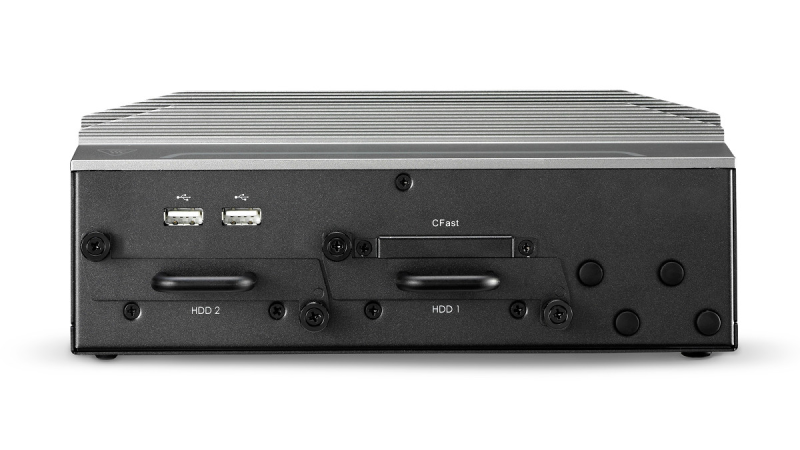Understanding Automated Utility Design

In today’s fast-paced world, where efficiency, precision, and speed are essential in utility infrastructure planning, automated utility design has emerged as a game-changer. This introductory guide will take you through what automated utility design is and how it’s transforming the way we plan and manage utility infrastructure.
What is Automated Utility Design?
Automated utility design is a cutting-edge approach to utility infrastructure planning and design that leverages advanced software and technology to streamline the entire process. It involves the use of specialized software tools that automate various aspects of utility system planning, from initial design to maintenance, in order to optimize efficiency and accuracy.
Key Elements of Automated Utility Design
- Data Integration: Automated utility design software seamlessly integrates data from various sources, including GIS (Geographic Information Systems), CAD (Computer-Aided Design), and real-time sensor data. This integration provides a comprehensive view of the utility network.
- Algorithms and Artificial Intelligence: Advanced algorithms and AI-driven technologies are employed to analyze data and make intelligent decisions. These technologies assist in optimizing the design, layout, and operation of utility infrastructure.
- Rules-Based Systems: Automated utility design often incorporates industry-specific rules and standards. This ensures that designs adhere to regulatory requirements, best practices, and safety standards automatically.
- Real-time Monitoring: Some automated utility design solutions offer real-time monitoring capabilities. This allows for proactive identification of issues and quick responses to minimize disruptions.
How Automated Utility Design is Transforming Infrastructure Planning
1. Enhanced Efficiency
One of the primary benefits of automated utility design is the significant improvement in efficiency. By automating routine tasks such as data collection, analysis, and design generation, engineers and planners can focus on more complex and strategic aspects of their projects. This results in faster project timelines and reduced costs.
2. Improved Accuracy
Accuracy is crucial in utility infrastructure planning. Automated utility design tools use data-driven approaches and algorithms to ensure that designs meet industry standards and regulatory requirements. This reduces the risk of errors and costly rework.
3. Cost Savings
Efficiency and accuracy go hand in hand with cost savings. By optimizing designs and minimizing errors, automated utility design reduces the overall project costs. Additionally, real-time monitoring can help identify issues before they escalate, further saving on maintenance expenses.
4. Scalability
Automated utility design is highly scalable. Whether you are planning a small-scale utility project or a large-scale urban infrastructure development, the technology can adapt to your needs, making it suitable for projects of all sizes.
5. Sustainability
Sustainability is a growing concern in utility infrastructure planning. Automated utility design allows for the optimization of resources, reducing waste and environmental impact. It also enables the implementation of smart technologies for more sustainable and eco-friendly infrastructure.
Automated utility design is a transformative approach that is revolutionizing utility infrastructure planning. By harnessing the power of data integration, advanced algorithms, and real-time monitoring, it enhances efficiency, accuracy, and sustainability in utility projects of all sizes. As technology continues to evolve, automated utility design is set to play a pivotal role in shaping the future of utility infrastructure planning and management. Stay tuned for more in-depth insights into this exciting field as we explore its applications and benefits in greater detail.





